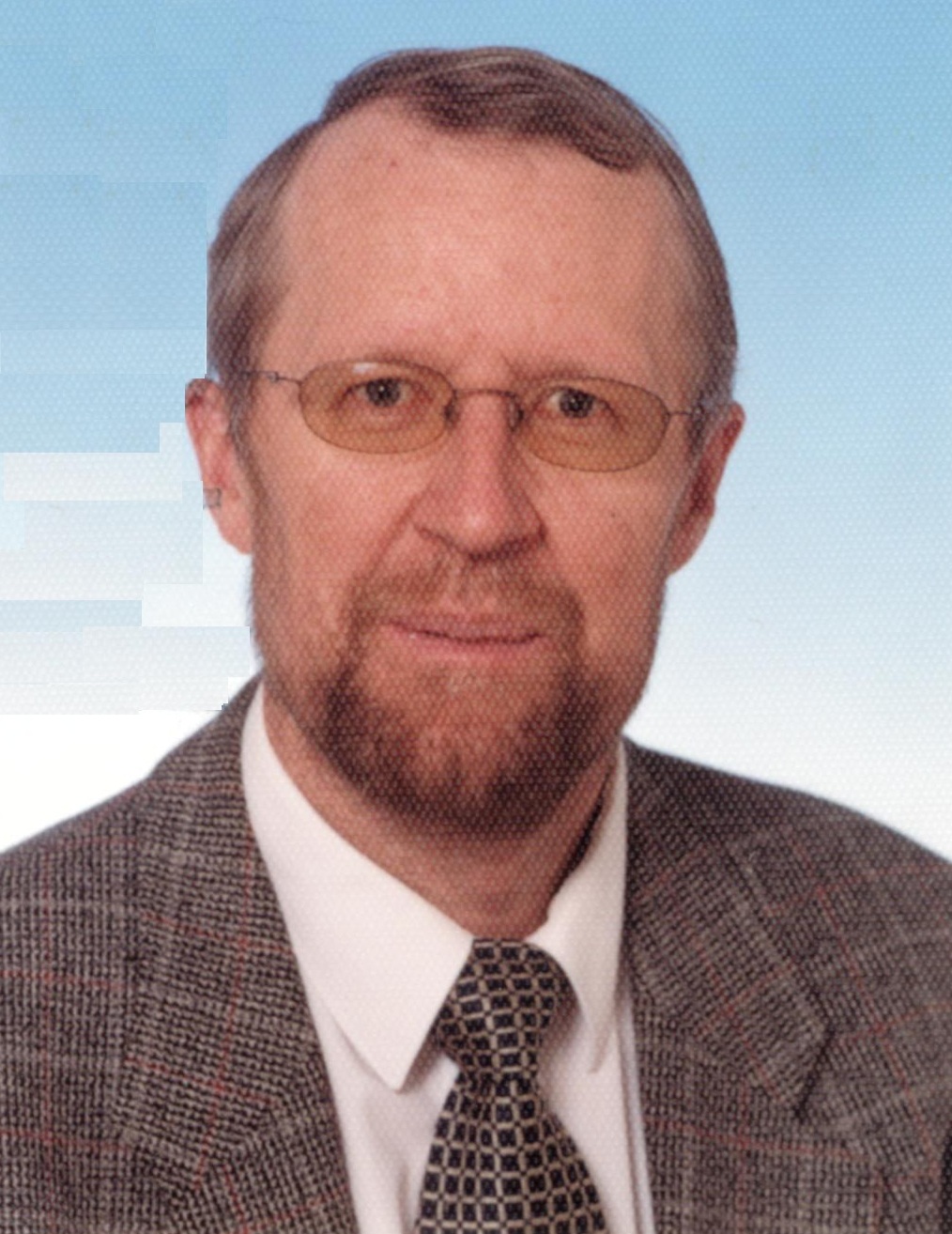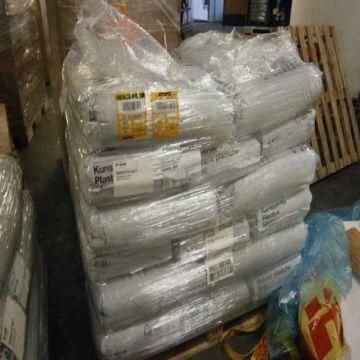
basf corporation mechanical performance of polyamides with influence of moisture and temperature – accurate evaluation and better understanding
“If oil prices rise above our current projections, it could put pressure on nylon 6 and 66 prices,” IHS Analyst Howard Rappaport tells My Purchasing Center in an interview.
ID: Material Name: Material Grade: Charateristics: Application: Brand & Suppliers: Density(g/cm3) Spec: 1: ABS: ABS 15E1: TAIRILAC: 1.05: 2: ABS: ABS BASF Terluran GP-22: Terluran GP-22 is and easy-folw, general purpose injection molding grade with high resistance to impact and heat distortion
A3R Nylon 66 (At 50% RH), PE-modified dry running material for highly stressed, low noise and wear resistant, low-friction components such as bearings and sliding bars.
トップページ. 2010-08-16 . BASF to build dispersions plant in Huizhou to better serve growing markets in South China 惠州 *Strengthens BASF’s commitment to Asia’s fast-growing paper markets, especially China
Nylon is a generic designation for a family of synthetic polymers, based on aliphatic or semi-aromatic polyamides.Nylon is a thermoplastic silky material that can be melt-processed into fibers, films or shapes.






BASF (Badische Anilin und Soda Fabrik, or, in English, Baden Aniline and Soda Factory) was founded on 6 April 1865 in Mannheim, in the German-speaking country of Baden by Friedrich Engelhorn.
BASF Ultramid® A3X3G5 25% Glass Filled PA66 FR (Conditioned) Categories: Polymer; Thermoplastic; Nylon; Nylon 66; Nylon 66, 30% Glass Fiber Filled
BASF is now one of the largest plastics producers worldwide and has an extensive range of styrene-based products, polyurethanes, and engineering plastics. New and highly efficient technologies and production processes combine with optimized production systems within a unique logistics structure, making BASF products leaders in terms …
I f wood is the world’s most versatile natural material, nylon is probably the most useful synthetic one. It’s a plastic that can be molded into everyday products or drawn into fibers for making fabrics—and its launch in the late 1930s truly changed the world.


